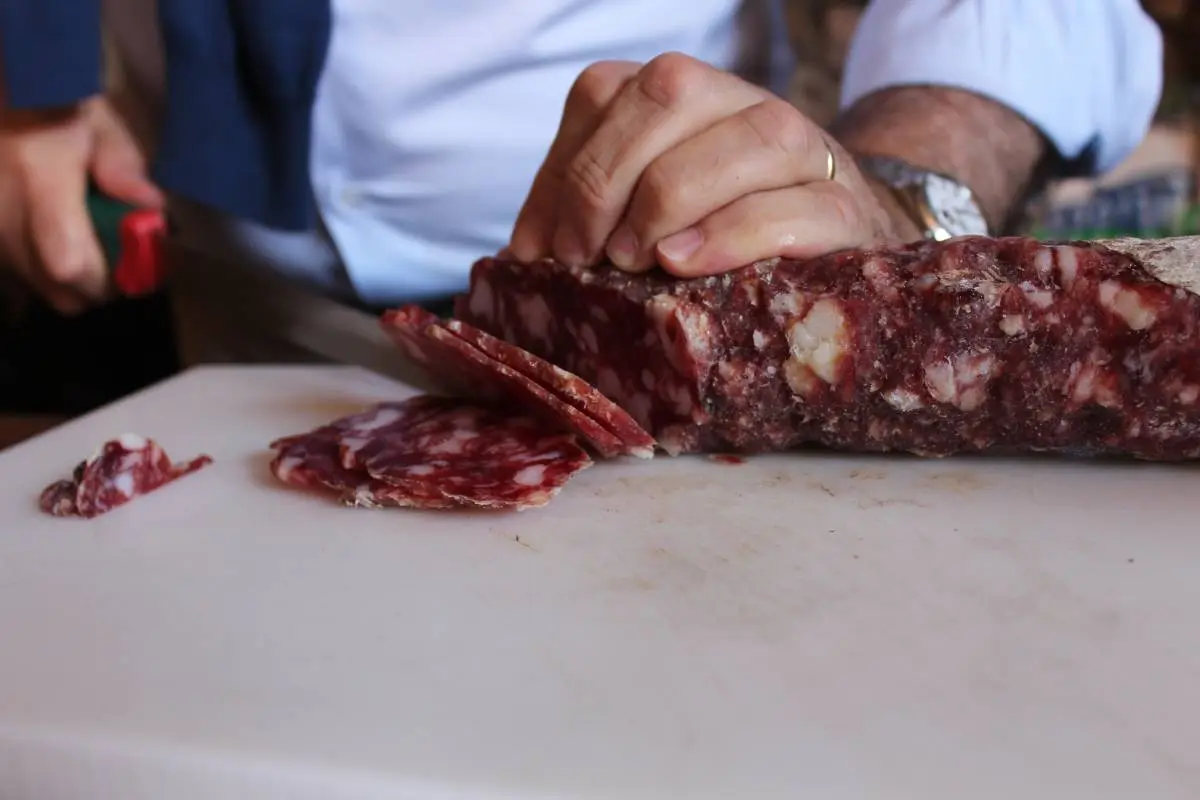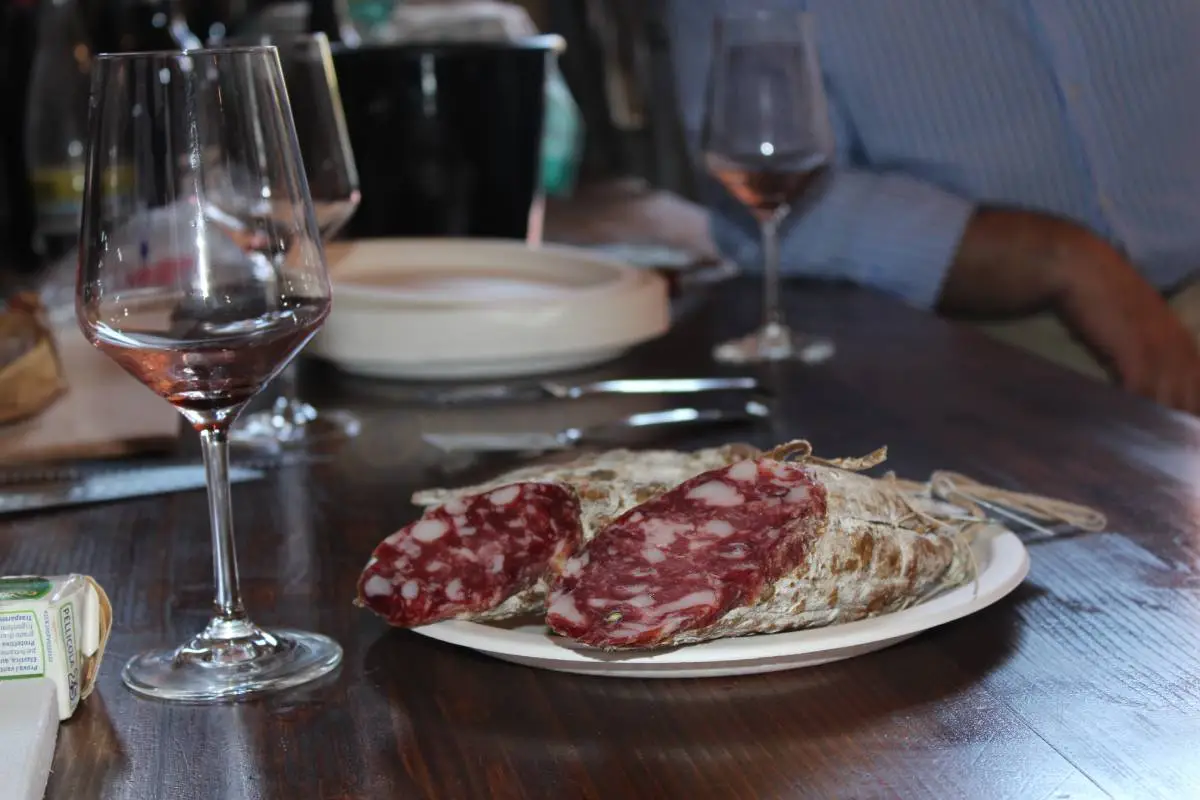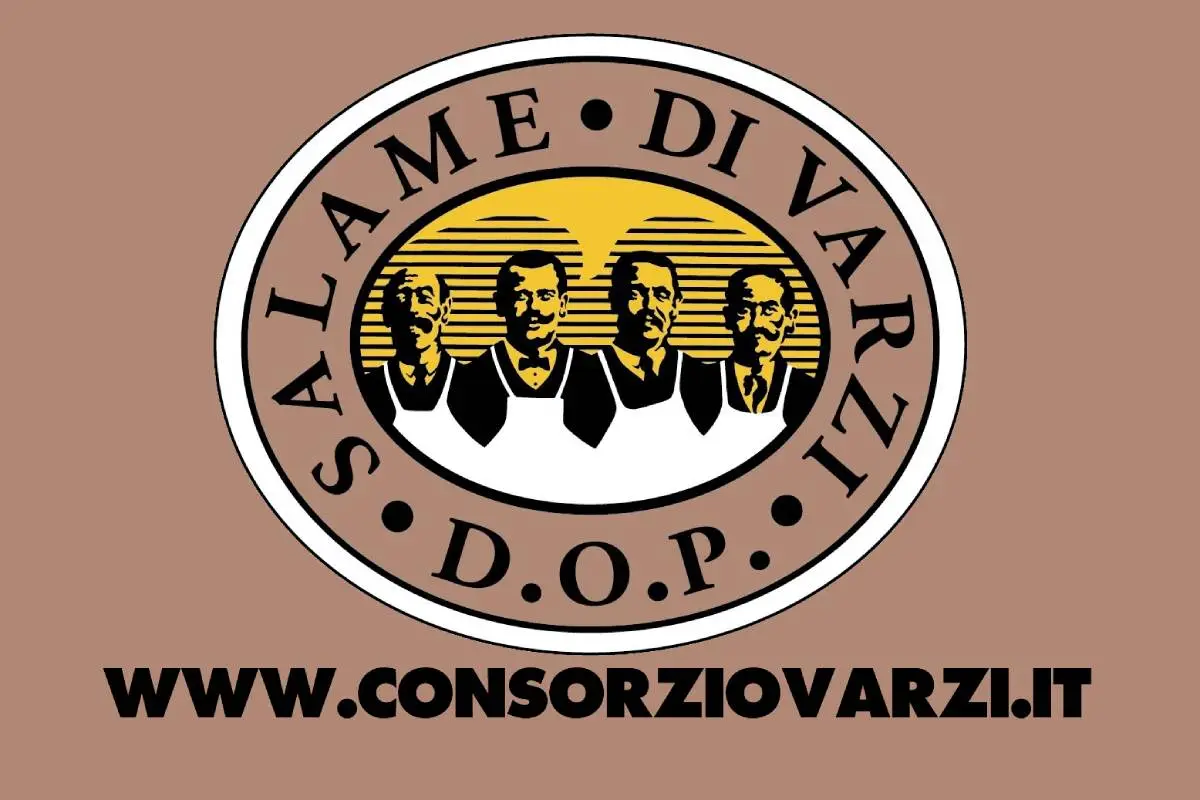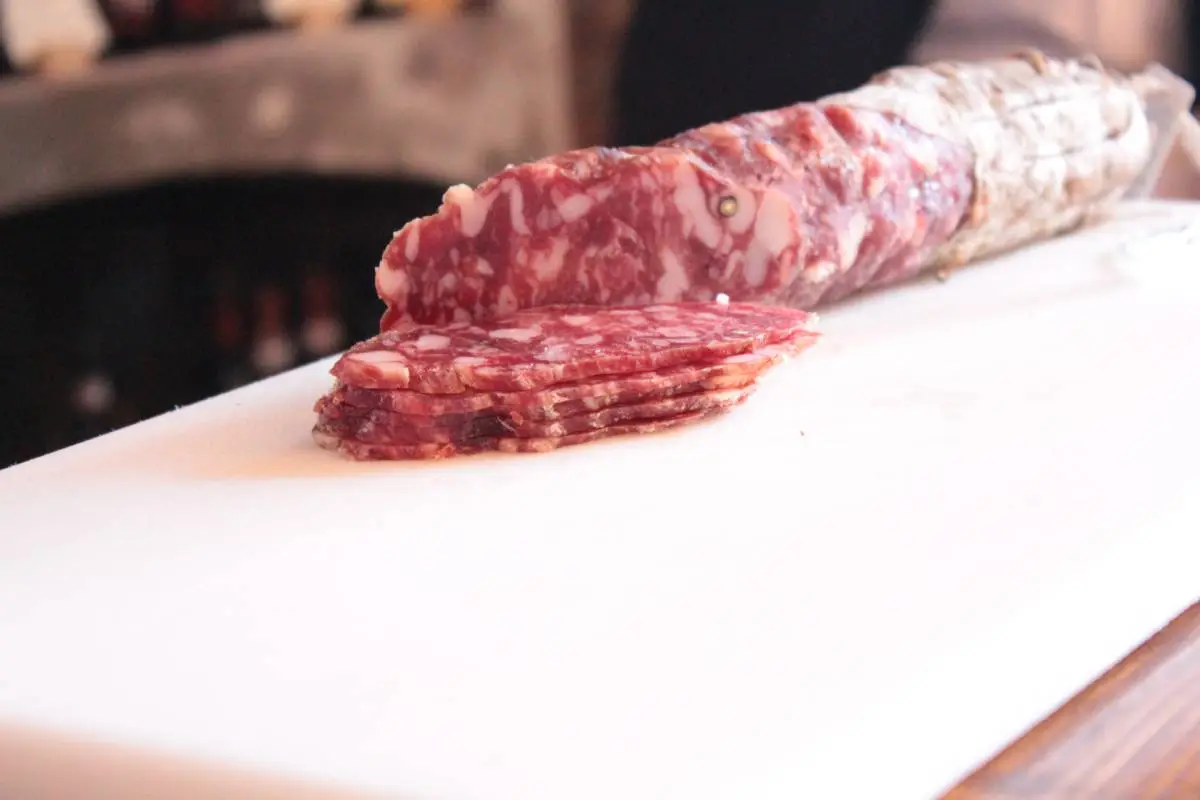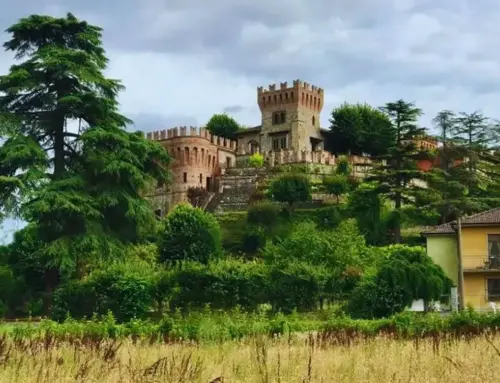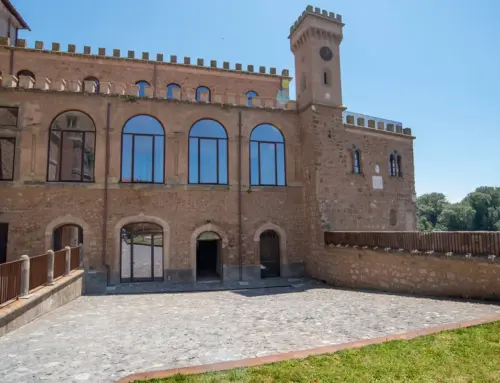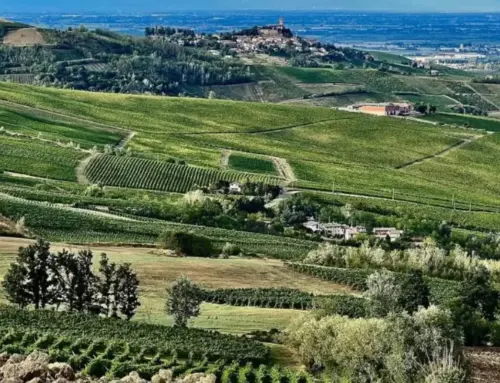We like to describe certain Italian cured meats as “noble,” recognized for their quality, tradition, and strong ties to their territory. Among these stand out the San Daniele and Parma Prosciuttos, the Culatello di Zibello, and, without a doubt, the prestigious Salame di Varzi. This aged raw salami is a true jewel of the Oltrepò Pavese region, specifically from the Upper Staffora Valley.
The superior quality of Salame di Varzi has been officially recognized by the European Union through the awarding of the PDO (Protected Designation of Origin) label. Closely linked to its area of origin, Salame di Varzi is still produced today following an ancient recipe passed down through the centuries.
The Production Area: Where the True Salame di Varzi Is Born
The Protected Designation of Origin for Salame di Varzi is reserved exclusively for production within the boundaries of 15 municipalities in the Oltrepò Pavese:
- Bagnaria
- Brallo di Pregola
- Cecima
- Fortunago
- Godiasco Salice Terme
- Menconico
- Montesegale
- Ponte Nizza
- Rocca Susella
- Romagnese
- Santa Margherita di Staffora
- Val di Nizza
- Valverde (hamlet of Colli Verdi)
- Varzi
- Zavattarello
This specific geographical area is characterized by a unique microclimate: sea breezes from the Ligurian Sea meet the cool currents of the Staffora Valley, creating perfect conditions for the natural curing of the salami.
Rural Origins and Tradition
Salame di Varzi is the result of a deeply rooted rural culture. It is a genuine product that has reached us today thanks to a tradition handed down from generation to generation, improving over time without ever losing its identity.
Today, this tradition is kept alive by the Salame di Varzi Protection Consortium, which is responsible for:
- Promoting and enhancing the product
- Protecting its quality and authenticity
- Overseeing compliance with the strict production guidelines
The Consortium currently counts 11 members.
How Salame di Varzi PDO Is Made
Meat Selection
The production of Salame di Varzi begins with a meticulous selection of pork cuts, choosing only the finest parts such as the thigh, shoulder, loin, coppa, and tenderloin. High-quality fat parts, like jowl and pancetta, are also carefully selected. This expert combination of lean and fatty meats forms the perfect base for achieving the unmistakable texture and flavor of the final product.
Grinding and Seasoning
After selection, the meats are finely ground to blend lean and fatty parts together. The resulting mixture is then seasoned with natural and traditional ingredients: sea salt, whole black peppercorns, and an infusion of garlic macerated in red wine. This stage is crucial to giving the salami its intense aroma and perfectly balanced flavor.
Stuffing and Tying
Once seasoned, the mixture is manually stuffed into natural pork casings. The tying process, rigorously done by hand with string, is a vital step that ensures the compactness and correct structure of the salami.
Drying and Curing
After stuffing, the salamis undergo a careful drying process. They are then moved to ancient cellars, ideal locations for curing thanks to their unique natural microclimate. Here, the temperature remains consistently between 10 and 12 degrees Celsius, with very high relative humidity, around 95%. The curing period varies depending on the size of the salami but is always designed to achieve perfect maturation.
A Salami Free of Gluten and Caseinates
One highly appreciated feature of Salame di Varzi is its absolute purity: it is completely free of caseinates and gluten. This makes it suitable for those following specific diets or with special dietary needs, without compromising the full, authentic taste of this top-quality artisanal salami.
The Unique Characteristics of Salame di Varzi
The “Clarinet Beak” Cut
One of the most fascinating features of Salame di Varzi is its traditional slicing method known as the “clarinet beak” cut. This diagonal cut is not merely aesthetic: it ensures that every slice has a perfect balance between lean meat and fat, offering a harmonious sensation of softness and flavor on the palate.
While slicing, you may notice a small phenomenon called “fo la goccia,” meaning “it forms a drop” — a moist spot resulting from the natural melting of the fat upon exposure to air. This is a clear sign of correct curing and a visual confirmation of the product’s quality.
Perfect Pairings for Salame di Varzi
Wine and Salami: A Deep Connection
Talking about Salame di Varzi naturally brings us to wine. Oltrepò Pavese, a land known not only for its salumi but also for its outstanding wines, offers perfect opportunities to enhance the full, authentic taste of this extraordinary salami.
Pairings are, as always, highly personal, but some suggestions can help achieve a perfect balance of flavors.
The first thought goes immediately to a great local classic: Bonarda dell’Oltrepò Pavese.
For those seeking a more elegant touch, a Classese — a traditional method sparkling wine made from Pinot Noir grapes — is an excellent choice.
Some enjoy more daring contrasts: in this sense, pairing with Moscato di Volpara, a sweet wine, is particularly interesting. As the great Gianni Brera noted, the unexpected play of flavors between the wine’s sweetness and the salami’s savoriness is a delightful experience.
The Ideal Bread
Of course, along with wine, the right bread must accompany Salame di Varzi.
Tradition dictates that the ideal companion is the Miccone di Stradella, a rustic bread with a crunchy crust and soft, fragrant crumb. However, a rosetta roll can also be an excellent alternative, especially for those looking for a lighter but equally enjoyable pairing.
Conclusion: Salame di Varzi, a Treasure of the Oltrepò Pavese
Salame di Varzi PDO is not just an outstanding gastronomic product: it is the symbol of a culture, a territory, and a tradition that continues to live on, protected and promoted with passion. Anyone wishing to experience the true taste of the Oltrepò Pavese cannot miss tasting a slice of this noble salami, a genuine symbol of the Italian art of good living.

